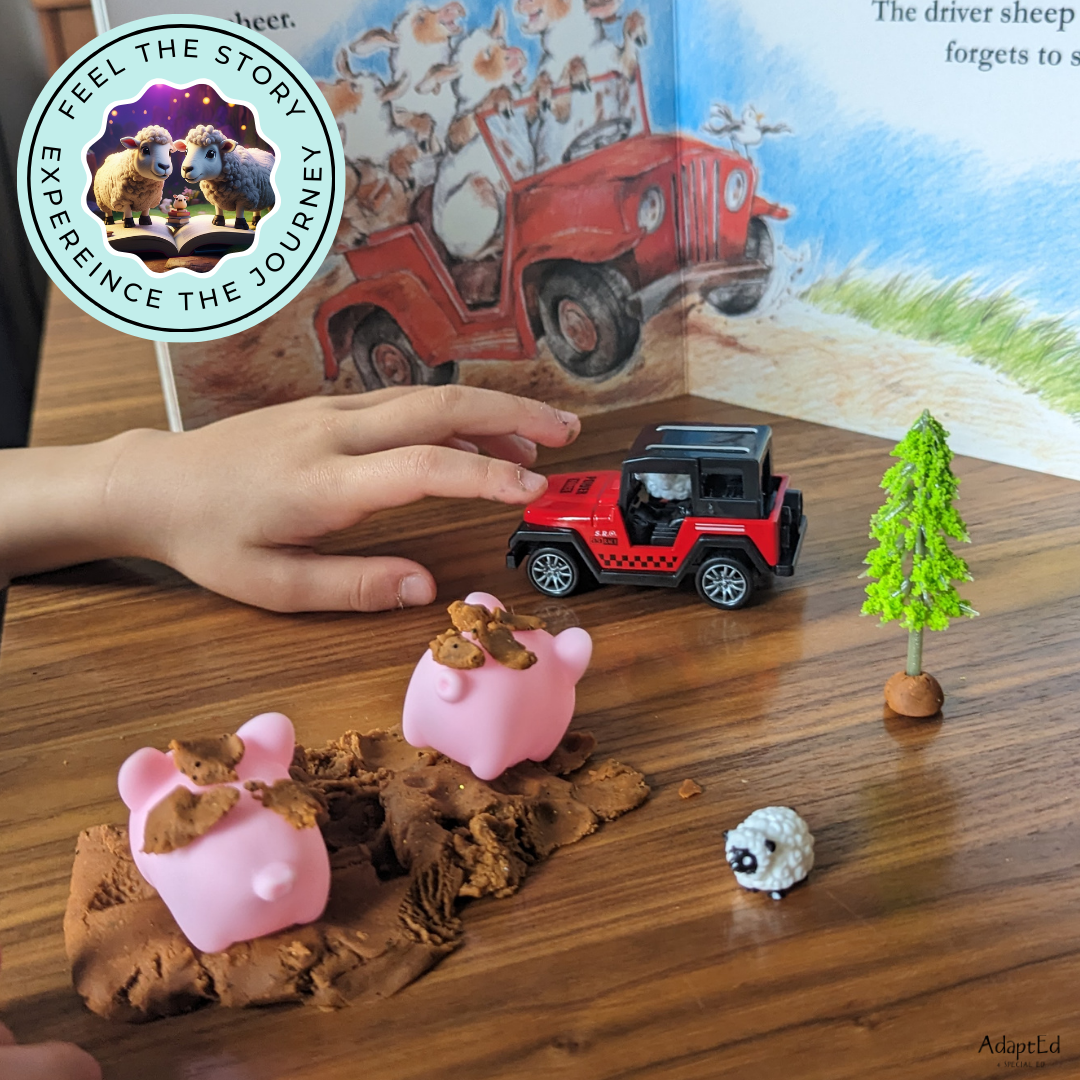In the tapestry of narrative creation, traditional storytelling has primarily woven threads appealing to our visual and auditory senses. Today, we're expanding this weave to embrace a full spectrum of sensory engagement—sight, sound, touch, smell, and taste. Multi-sensory storytelling is more than a technique; it's a journey into immersive experience that resonates at a deeper emotional level, especially effective in diverse settings such as education, therapy, or pure entertainment.
Visual Vivacity: Engaging Sight in Storytelling
The saying "a picture is worth a thousand words" holds true as visuals remain essential in capturing attention and setting scenes.
- Employ dynamic colors and contrasting shapes to make your story pop visually.
- Add interactive elements such as unfolding illustrations or secrets revealed through viewer interaction.
- Use visual storytelling cues, like lighting shifts or strategically placed images, to direct the narrative flow.
Auditory Ambience: Crafting Stories with Sound
The right sounds can transport listeners directly into the world you've created.
- Create a musical score that mirrors the rhythm and emotion of your story.
- Use ambient noises and effects to make environments and actions come alive, from the whisper of wind to the clamor of urban life.
- Utilize varied vocal tones to differentiate characters and express complex emotions.
The Realm of Touch: Tactile Elements in Storytelling
Physical touch can bridge the gap between the audience and the universe of the story.
- Provide textured materials that correspond with the story's backdrops.
- Vary temperature to match the presented environments, invoking physical sensations that match the narrative.
- Introduce replicas of story artifacts for hands-on interaction, connecting the tactile sense directly to the plot.
Aromatic Atmosphere: The Role of Smell in Stories
Scents are potent triggers for memory and emotion, yet they are often overlooked in storytelling.
- Include fragrances that evoke the setting, such as ocean breeze or pine forest.
- Use olfactory transitions to indicate movement within the story, like the aroma of spices signaling a market scene.
Taste: The Subtle Flavor of Story
Integrating taste into storytelling is both challenging and impactful.
- Provide snacks or treats that align with the narrative's theme or specific moments.
- If appropriate, allow audiences to try flavors that the characters encounter, deepening the immersive experience.
Harmonizing the Senses: A Symphony of Story Elements
Integration is the linchpin of multi-sensory storytelling. Each sense should amplify the story without causing sensory overload:
- Ensure sensory elements underscore important moments in the story.
- Strive for equilibrium among sensory inputs to avoid dominance of one over others.
- Promote interactive participation, making the audience active contributors to the experiential tale.
Conclusion
Multi-sensory storytelling is not just about telling a story; it's about fully living it. In weaving together elements that stimulate sight, sound, touch, smell, and taste, storytellers can create an enveloping experience that leaves a lasting impact on the audience. Whether crafting tales for children or adults, for learning or leisure, integrating multisensory effects into your stories opens up a realm of possibilities, making every narrative a vivid journey.
For those interested in diving into multi-sensory storytelling, consider exploring our specially curated Multi-Sensory Storytelling Kit, designed to help bring your stories to life in a tangible and memorable way.



